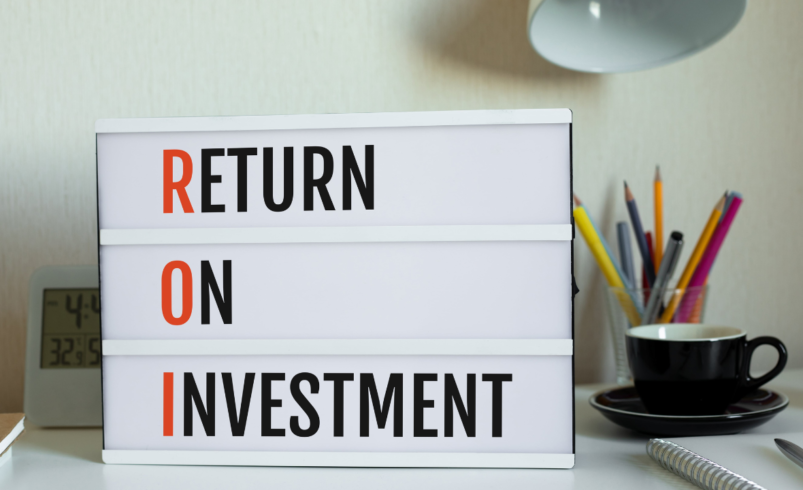
The ROI Revolution: 5 Metrics You Aren’t Tracking (But Should Be) to Prove Your Marketing Worth
Return on Investment (ROI) has long been considered the holy grail of marketing metrics. For decades, marketers have focused on tracking traditional ROI to showcase the monetary value driven by their efforts. However, in today’s digital market, solely relying on old-school ROI calculations is no longer enough.
To truly prove marketing’s worth in the modern age, we need an ROI revolution – with new metrics that provide deeper insights into performance across every stage of the customer journey. In this post, we will explore 5 overlooked metrics you should start tracking now to showcase the full impact of your marketing campaigns.
5 Overlooked Metrics You Should Start Tracking In ROI Revolution
In the ROI revolution following are the 5 matrics which you should start tracking to improve marketing ROI for maximum profit:
1. Cost Per Lead
2. Sales Velocity
3. Customer Lifetime Value (CLV)
4. Marketing Contribution to Pipeline
5. Net Promoter Score (NPS)

Revolutionize Your Approach to Proving Marketing’s Worth
While ROI will always be an important metric, the marketing game has changed. To showcase the holistic business impact of your efforts, you need to move beyond vanity metrics like average ROI on marketing spend and track performance through every stage of the customer lifecycle – not just sales.
The metrics above show insights into lead quality, sales enablement, customer loyalty and brand sentiment. When analyzed together, they paint a comprehensive picture of marketing’s true contribution to revenue, pipeline and profits.
So be at the forefront of the ROI revolution. Empower your teams to showcase marketing’s worth across the organization with meaningful data. The time is now to break away from antiquated notions about proving value, once and for all.
















